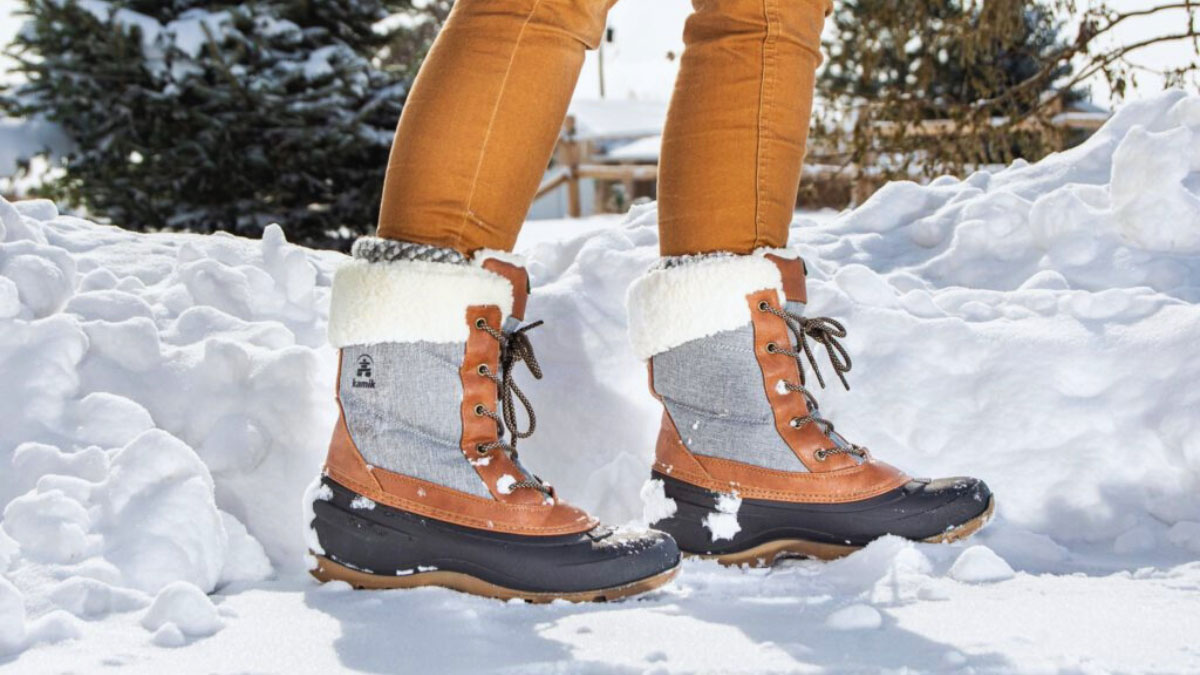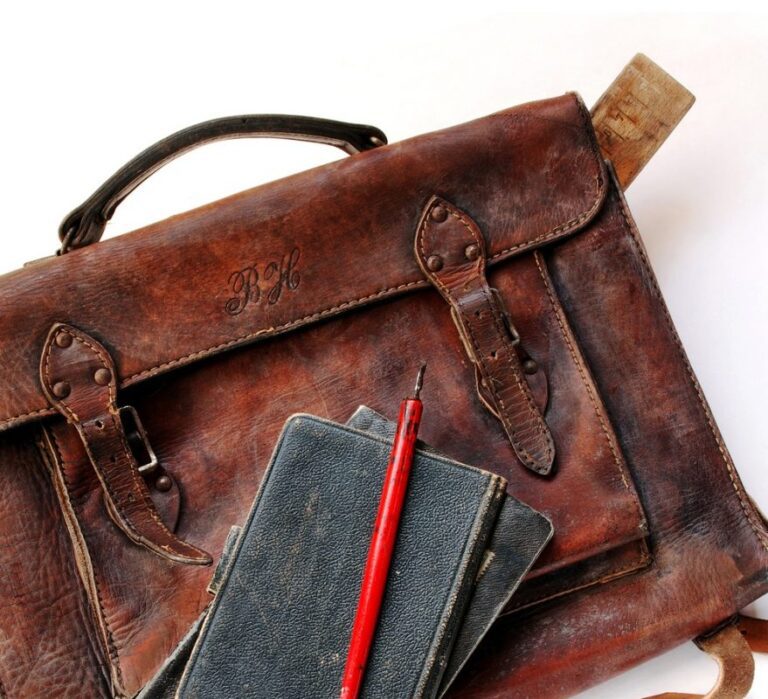How to Prepare Your Leather Boots for the Winter: Essential Tips
Winter’s harsh conditions can be tough on your beloved leather boots, but with the right care, they can withstand snow, rain, and everything in between. Whether you’re trekking through snowy streets or simply commuting to work, your boots are built to last—provided you give them the attention they need. Proper maintenance not only extends their life but also keeps them looking as good as new.
Start by giving your boots a thorough clean to remove any dirt or grime that could damage the leather. Once clean, it’s crucial to moisturize and condition them to prevent cracking from the cold. A good leather conditioner will keep them supple and strong, ready to face the elements. For those in especially wet climates, consider applying a waterproof sealant to shield your boots from moisture and salt stains. Taking these simple steps ensures your leather boots remain a reliable and stylish companion throughout the winter months.
Key Takeaways
- Thorough Cleaning: Begin by cleaning your leather boots with a soft-bristled brush and leather cleaner to remove dirt and salt stains, ensuring longevity and maintenance of their suppleness.
- Effective Conditioning: Use quality leather conditioners to moisturize and protect your boots from winter’s drying effects, preventing cracking and maintaining flexibility.
- Waterproofing Techniques: Apply waterproofing products like waxes or use boots with built-in liners to guard against moisture, snow, and salt, preserving their appearance and functionality.
- Consistent Maintenance: Regular brushing, cleaning, and moisturizing paired with proper storage methods extend the life and look of your leather boots.
- Enhanced Traction: Improve grip for safe navigation on slippery surfaces with slip-resistant soles, traction sprays, or DIY methods using adhesive and sand.
Cleaning Your Leather Boots
Proper cleaning ensures your leather boots withstand winter’s challenging conditions. Effective maintenance involves removing accumulated dirt and tackling salt stains.
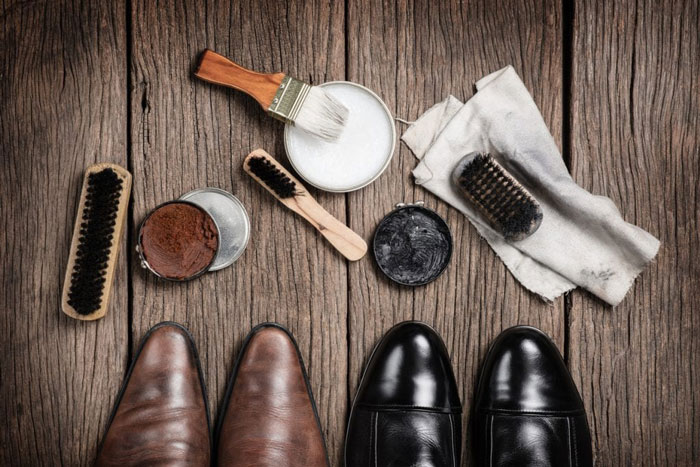
Removing Dirt and Debris
- Brush to Remove Dirt: Use a soft-bristled brush to eliminate loose dirt and debris from the surface. This prevents scratches and keeps the pores of the leather open.
- Apply Leather Cleaner: Once the surface dirt is gone, use a leather cleaner for a deeper cleanse. First, remove the laces for better access, then scrub the boots thoroughly. Focus on cleaning the pores to maintain suppleness.
- Rag to Wipe Excess Cleaner: Use a separate rag to wipe away any leather cleaner residue. This keeps the cleaner from drying out the leather.
- Immediate Attention to Stains: Salt stains are common in winter conditions, and you should address them swiftly. Use a damp cloth to wipe the stains before they dry.
- Vinegar and Water Solution: For stubborn salt marks, mix equal parts white vinegar and water. Use a soft cloth to apply the solution to the affected area.
- Dry and Buff Finish: Allow the boots to dry fully, then buff them with another soft cloth. This not only removes salt stains but also restores the leather’s natural look.
By regularly cleaning and maintaining your leather boots, you’re protecting them from winter damage and extending their lifespan.
Conditioning the Leather
Conditioning is vital to maintain the health and durability of your leather boots in the challenging winter months. By addressing the natural, porous characteristics of leather, you enhance its resilience against cold and moisture.
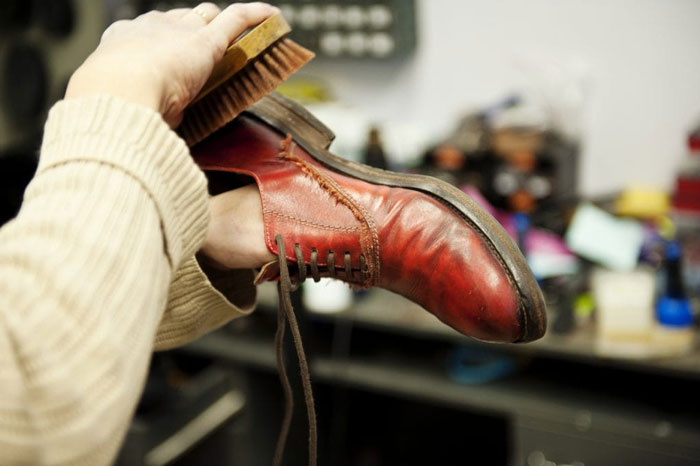
Benefits of Leather Conditioners
Leather conditioners offer several advantages that significantly impact the longevity and look of your boots:
- Moisturizing: Leather tends to dry out during winter. Conditioners keep it supple, preventing cracks and brittleness.
- Flexibility Maintenance: Regular conditioning helps maintain the leather’s flexibility, making it less prone to damage.
- Protection: Conditioners provide a layer of protection against elements like salt and moisture, which can stain and weaken leather.
How to Apply Leather Conditioner
To properly apply leather conditioner and maximize its benefits, follow these steps:
- Preparation: Ensure your boots are clean and dry. Dirt and moisture can hinder the conditioning process.
- Application: Use a soft cloth to apply the conditioner. Gently rub it into the leather in circular motions.
- Absorption: Allow the conditioner time to absorb. A few hours can suffice if the boots were previously conditioned; leave overnight if not.
- Buffing: Once absorbed, buff the leather with a clean cloth to restore shine and remove any excess product.
For effective results, select a conditioner suitable for your specific type of leather and reapply as needed, based on exposure and frequency of use. Conditioning leather boots is an essential practice to protect them from winter conditions efficiently.
Waterproofing Techniques
Preparing leather boots for winter involves effective waterproofing to protect them against snow, slush, and rain. Understanding the right methods ensures your boots remain durable and maintain their appearance.
Choosing the Right Products
- Leather Cleaner: Select a mild leather cleaner to gently cleanse your boots and remove dirt without causing damage. Avoid strong chemicals that may dry or deteriorate the leather.
- Moisturizer: After cleaning, apply a leather moisturizer to maintain suppleness and prevent cracks.
- Waterproofing Solutions: Consider waterproofing waxes such as Sno Seal or Nikwax. These protect the leather surface and enhance water resistance. Remember, effectiveness varies based on application.
- Assess Your Needs: Determine the conditions your boots will face, such as deep snow or dry cold. Choose a method suitable to those needs.
- Clean Thoroughly: Use a brush to remove debris, then apply leather cleaner for a deeper cleanse. Wipe off any remaining solution with a cloth.
- Moisturize the Leather: Ensure boots are dry before applying moisturizer. This keeps the leather flexible and ready for waterproofing.
- Apply Waterproofing Wax: If confident, use wax with patience for best results. Apply evenly in multiple coats, allowing each to absorb properly.
- Consider Built-in Waterproofing: For ultimate protection, boots with built-in liners like Gore-Tex offer guaranteed waterproofing but may reduce breathability.
Following these steps helps prepare your leather boots to endure winter weather effectively, prolonging their lifespan and maintaining their aesthetics.
Maintaining Leather Boots
Keeping leather boots in excellent condition during winter involves regular care and proper storage, ensuring they weather the harsh conditions.
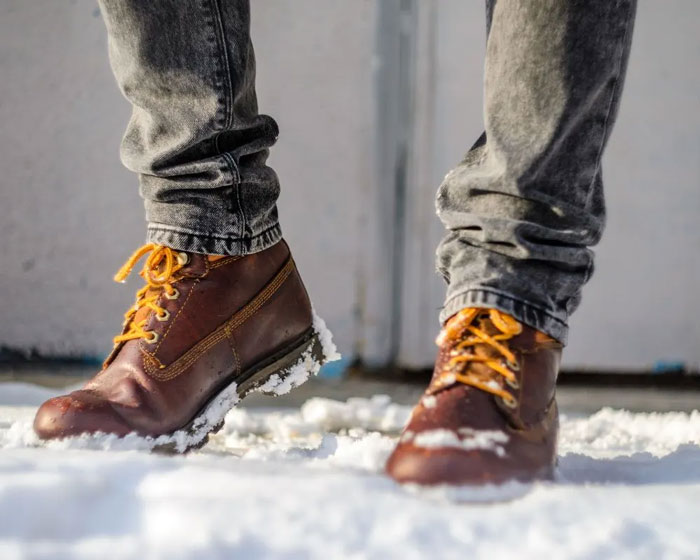
Regular Care Tips
Consistent care extends the life of leather boots:
- Brush Away Dirt: Regularly use a brush to remove dirt particles, which can degrade leather.
- Clean Promptly: Apply a quality leather cleaner and wipe with a rag to eliminate excess product.
- Moisturize Thoroughly: Use leather oils, creams, or beeswax to nourish the material, following product instructions.
- Avoid Direct Heat: Let boots air-dry away from heat sources to prevent cracking.
- Weekly Brushing: Conduct a weekly brushing to remove accumulated grime and salt.
Storing Boots Properly
Correct storage keeps boots ready for the next season:
- Cool and Dry Locations: Store boots in a cool, dry place to prevent mold and maintain leather integrity.
- Use Containers: Choose sturdy, breathable containers to keep boots safe while allowing air circulation.
- Maintain Shape: Use a boot shaper for tall boots and stuff others with paper to retain shape.
- Silica Packets: Include silica packets to absorb moisture, reducing the risk of mold.
These practices ensure leather boots remain durable through each winter.
Enhancing Traction in Winter
Proper preparation of your leather boots for winter involves more than just waterproofing and conditioning. Enhancing traction ensures safe navigation over icy and snowy surfaces.
Methods to Increase Grip
Several strategies improve boot grip for winter conditions:
- Choose Slip-resistant Boots: Select boots with soles passing slip-resistance testing, ensuring proper tread for better grip.
- Apply Traction Spray: Use on rubber soles, but dry them first. Multiple applications may be required for best results. Do not use on polyurethane soles.
- Create DIY Grip: Adhesive spray with sand provides grip similar to a skateboard, assisting traction on slippery surfaces like stairs or ladders.
- Add Tread Tape: Useful on steps or ladders. Custom-fit pieces to the boot’s sole enhance traction in specific areas.
Tips for Icy and Snowy Conditions
In snow and ice, regular boots may slip, but preparations can help:
- Use Ice Grips: Install on boots for consistent traction in deep snow or long winters. Some designs allow indoor use or driving without removal.
- Maintain Clean Treads: Regularly remove packed snow or ice from boot treads to ensure optimal grip.
- Wear Socks with Adhesive Dots: These enhance foot stability inside the boot, reducing slip risk.
Applying these methods provides confidence and safety when exploring winter terrains.
Conclusion
Preparing your leather boots for winter ensures they remain in top condition even though harsh weather. By committing to regular cleaning conditioning and waterproofing you protect your boots from the damaging effects of snow and rain. Incorporating these maintenance practices not only extends the life of your boots but also keeps them looking stylish throughout the season. Also enhancing traction provides the safety you need to navigate icy surfaces confidently. With these steps you’re well-equipped to face winter with your leather boots ready for any challenge.
Frequently Asked Questions
How do I clean my leather boots during winter?
To clean leather boots, first use a soft-bristled brush to remove loose dirt. For a deeper cleanse, apply a leather cleaner following the product instructions. If your boots have salt stains, use a mixture of vinegar and water to gently wipe them away. Regular cleaning helps to maintain the appearance and longevity of your leather boots throughout the winter.
What is the best way to protect leather boots from moisture?
Applying a waterproof sealant is the best way to protect leather boots from moisture during winter. Use products like Sno Seal or Nikwax to enhance the boots’ water resistance. Ensure the boots are clean and dry before application for the best results.
How often should I condition my leather boots in winter?
Condition leather boots weekly during winter to prevent dryness and cracking. Use a quality leather conditioner, ensuring the boots are clean and dry before application. Allow the conditioner to absorb fully for maximum effectiveness.
Can I improve the traction of leather boots for icy conditions?
Yes, you can enhance traction by choosing slip-resistant boots or using ice grips. Additionally, applying traction spray or adding tread tape can provide more grip. Make sure the treads are clean to improve stability on icy surfaces.
How should I store leather boots during the winter?
Store leather boots in a cool, dry location, away from direct heat. Use sturdy containers to maintain their shape and consider adding silica packets to absorb moisture. Proper storage helps prolong the life of the boots and keeps them in excellent condition.

